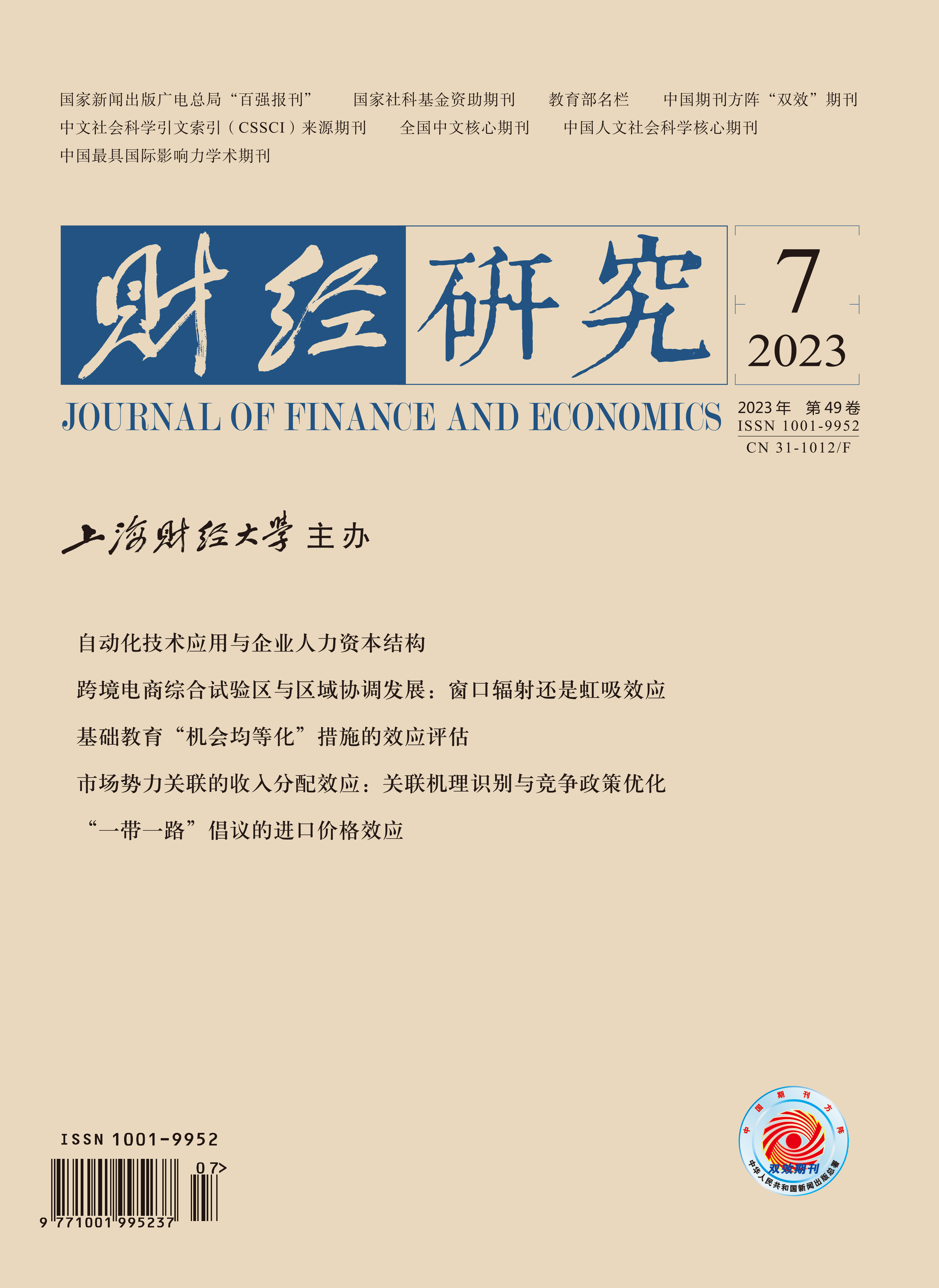Industrial automation technology is currently being widely used in China, but the application effect is affected by the human capital structure of enterprises. Using data on the procurement of automation products by listed companies from 2015-2019, this paper investigates the impact mechanism of automation technology application on the human capital structure of enterprises based on a supply chain perspective. The empirical results show that there is a significant positive correlation between supplier automation technology and human capital structure. Furthermore, this paper empirically investigates the influence mechanism of automation technology application. The automation products are divided into basic automation products and integrated automation products, and the differentiated influence of different types of automation technology on human capital structure is discussed. The results show that the above human capital structure enhancement effect depends on the type of automation products procured. Only the procurement of integrated automation products can significantly enhance human capital structure, while the effect of the procurement of basic automation products is not significant. Further heterogeneity analysis shows that the above human capital structure enhancement effect is mainly concentrated in enterprises whose suppliers have entered the automation industry for a relatively long time, whose suppliers are manufacturers of automation products, and whose suppliers have a relatively short geographical distance from downstream enterprises. In addition, the above human capital structure enhancement effect is greater in non-state-owned enterprises, enterprises with highly-educated executives, and enterprises in competitive industries. The application of automation technology also significantly improves the business performance of downstream listed companies.
The contributions of this paper are as follows: First, it focuses on the substitution and complementarity between heterogeneous automation technology and different types of labor under the “capital-skill complementarity” hypothesis, which clearly identifies the differential impact of automation technology application on labor demand, and supplements the existing literature on the economic impact of automation technology. Second, it identifies the scale and internal structure of automation technology application using automation supplier lists and automation product information, which provides a new perspective and approach for automation technology identification. In addition, this paper has certain policy implications: Local governments need to nurture automation product suppliers, especially those with integrated automation products, gather high-end talents for enterprises through various policies and services, and address the issue of re-employment of low-skilled labor properly.





 4511
4511  2976
2976

